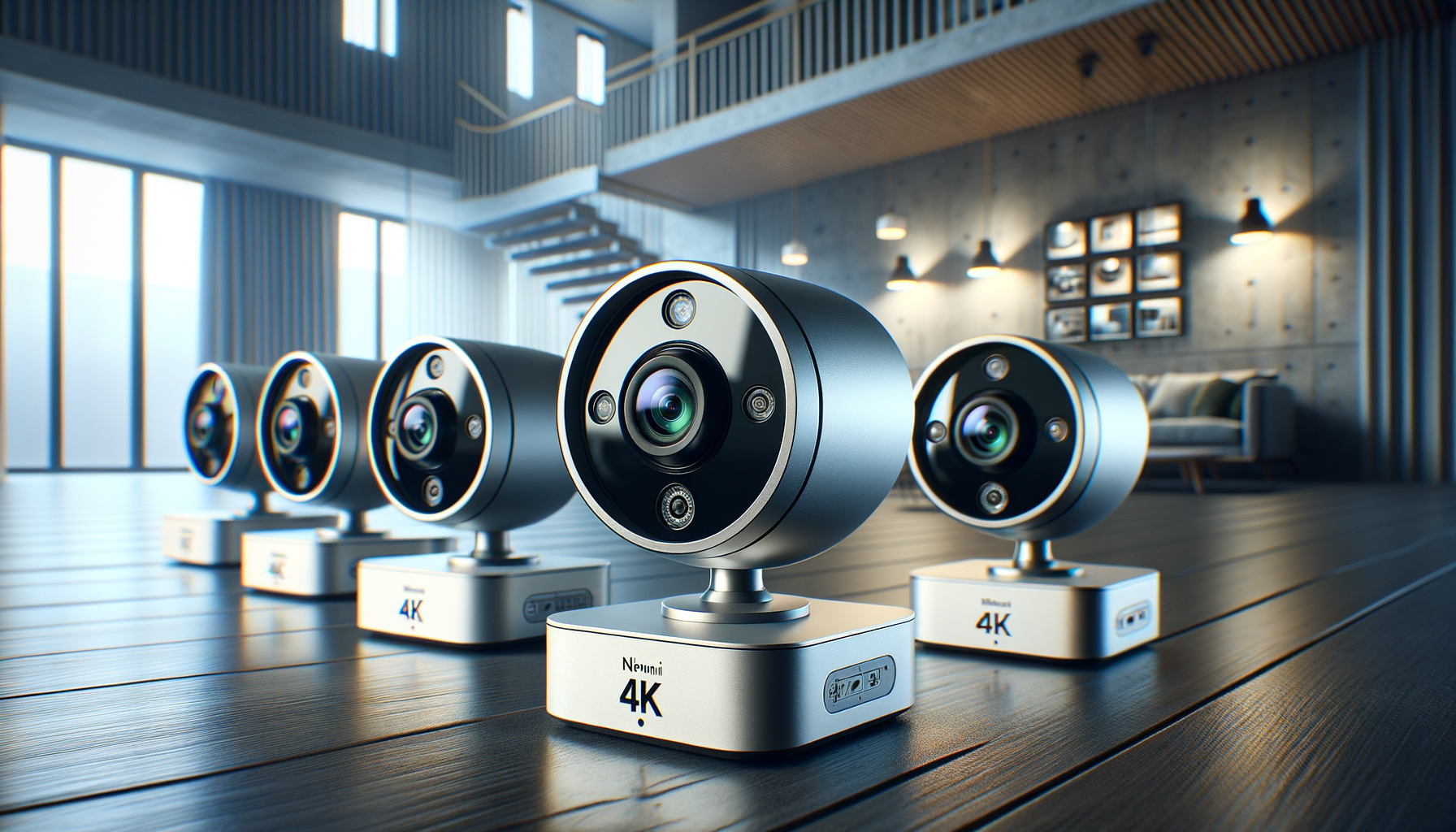The Rise of AI in Motorbikes
In recent years, the integration of artificial intelligence (AI) into motorbikes has revolutionized the way we perceive and interact with these two-wheeled machines. AI-powered motorbikes are not just about transportation; they represent a fusion of technology and engineering that enhances safety, performance, and the overall riding experience. As technology continues to advance, AI is becoming an integral part of modern motorbikes, offering features such as predictive maintenance, adaptive cruise control, and real-time traffic data analysis.
These smart motorbikes are equipped with sensors and processors that allow them to learn and adapt to various riding conditions. For instance, some models can adjust suspension settings based on the rider’s style and the terrain. Additionally, AI systems can provide riders with valuable insights into their riding habits, helping them to improve efficiency and safety. This shift towards intelligent motorbikes is not just a trend; it reflects a broader movement towards smarter, more connected vehicles across the automotive industry.
The benefits of AI in motorbikes are numerous. Riders can enjoy enhanced safety features, such as collision detection and avoidance systems, which significantly reduce the risk of accidents. Moreover, AI can optimize fuel consumption by analyzing riding patterns and suggesting more efficient routes. These advancements make AI-powered motorbikes an attractive option for tech-savvy riders looking for a futuristic riding experience.
Innovative Features and Technologies
AI-powered motorbikes come packed with a host of innovative features that set them apart from traditional models. One of the standout technologies is the integration of voice-activated controls, allowing riders to interact with their bikes without taking their hands off the handlebars. This hands-free operation enhances safety while providing riders with the convenience of controlling various functions, such as navigation and music playback.
Another remarkable feature is the use of machine learning algorithms to predict maintenance needs. These algorithms analyze data from various sensors to detect potential issues before they become serious problems, ensuring that the bike remains in optimal condition. This predictive maintenance capability not only extends the lifespan of the motorbike but also saves riders time and money on repairs.
Furthermore, AI-powered motorbikes often include advanced connectivity options, enabling seamless integration with smartphones and other devices. Riders can access real-time information about traffic conditions, weather updates, and points of interest along their route. This connectivity enhances the overall riding experience by providing valuable insights and improving navigation efficiency.
Balancing Advanced Features with Affordability
While AI-powered motorbikes are renowned for their cutting-edge technology, they are also becoming more accessible to a wider range of consumers. Manufacturers are increasingly focusing on producing budget-friendly models that do not compromise on quality or features. This shift is driven by the growing demand for affordable yet innovative motorbikes that cater to tech enthusiasts and everyday riders alike.
One approach to achieving this balance is through the use of modular designs that allow riders to customize their bikes according to their preferences and budget. By offering a range of optional features, manufacturers can cater to different price points without sacrificing the core benefits of AI technology. This flexibility ensures that riders can enjoy the advantages of AI-powered motorbikes without breaking the bank.
Moreover, the competitive landscape of the motorbike industry has led to increased innovation and cost-efficiency in production processes. As a result, consumers now have access to a variety of AI-powered motorbikes that offer exceptional value for money. Whether you’re a seasoned rider or a newcomer to the world of motorbikes, there are options available that combine advanced features with affordability.
Comparing AI-Powered Motorbikes with Traditional Models
When comparing AI-powered motorbikes to traditional models, several key differences become apparent. One of the most significant distinctions is the level of intelligence and connectivity offered by AI-equipped bikes. Traditional motorbikes, while reliable and efficient, lack the advanced features that AI brings to the table, such as real-time data analysis and adaptive systems.
AI-powered motorbikes offer a more personalized riding experience, as they can adapt to the rider’s style and preferences. This adaptability leads to improved comfort and performance, making AI-equipped bikes a popular choice among enthusiasts who value innovation and technology. Additionally, the enhanced safety features provided by AI systems give riders peace of mind, knowing that their bike is constantly monitoring and responding to potential hazards.
That said, traditional motorbikes still hold a place in the market, particularly among riders who prefer a more straightforward, mechanical experience. These bikes are often favored for their simplicity, ease of maintenance, and classic design. However, as AI technology continues to evolve, the gap between traditional and AI-powered motorbikes is likely to narrow, with more riders opting for the benefits of smart technology.
The Future of AI in Motorbikes
The future of AI in motorbikes is bright, with ongoing advancements set to further enhance the riding experience. As AI technology becomes more sophisticated, we can expect to see even greater integration of smart features in motorbikes. This includes the development of fully autonomous motorbikes that can navigate complex environments without human intervention.
In addition to autonomy, AI is likely to play a crucial role in improving sustainability within the motorbike industry. By optimizing fuel efficiency and reducing emissions, AI-powered motorbikes can contribute to a greener future. Furthermore, the use of renewable energy sources and eco-friendly materials in production processes will align with the growing demand for environmentally conscious transportation options.
Overall, the integration of AI into motorbikes represents a significant step forward in the evolution of two-wheeled transportation. Whether you’re a tech enthusiast or simply looking for a reliable and efficient mode of transport, AI-powered motorbikes offer a glimpse into the future of riding. As technology continues to advance, these smart machines are set to redefine the way we experience the open road.




Leave a Reply